Just beyond Berlin’s city limits, I stumbled into a region brimming with grand palaces, peaceful lakes, and deep, shadowy forests. Brandenburg has so much more than most people imagine.
With over 500 palaces and manor houses, plus thousands of sparkling lakes and inviting parks, Brandenburg is a dream for anyone who loves history or nature. The blend of Prussian palaces, baroque gardens, and quiet woods felt like a world apart from Berlin’s constant buzz.
As I wandered through Potsdam, every historic building and garden seemed to whisper stories from another era. The scenery felt peaceful, the culture rich, and I loved how easy it was to escape from Berlin for a completely different experience.
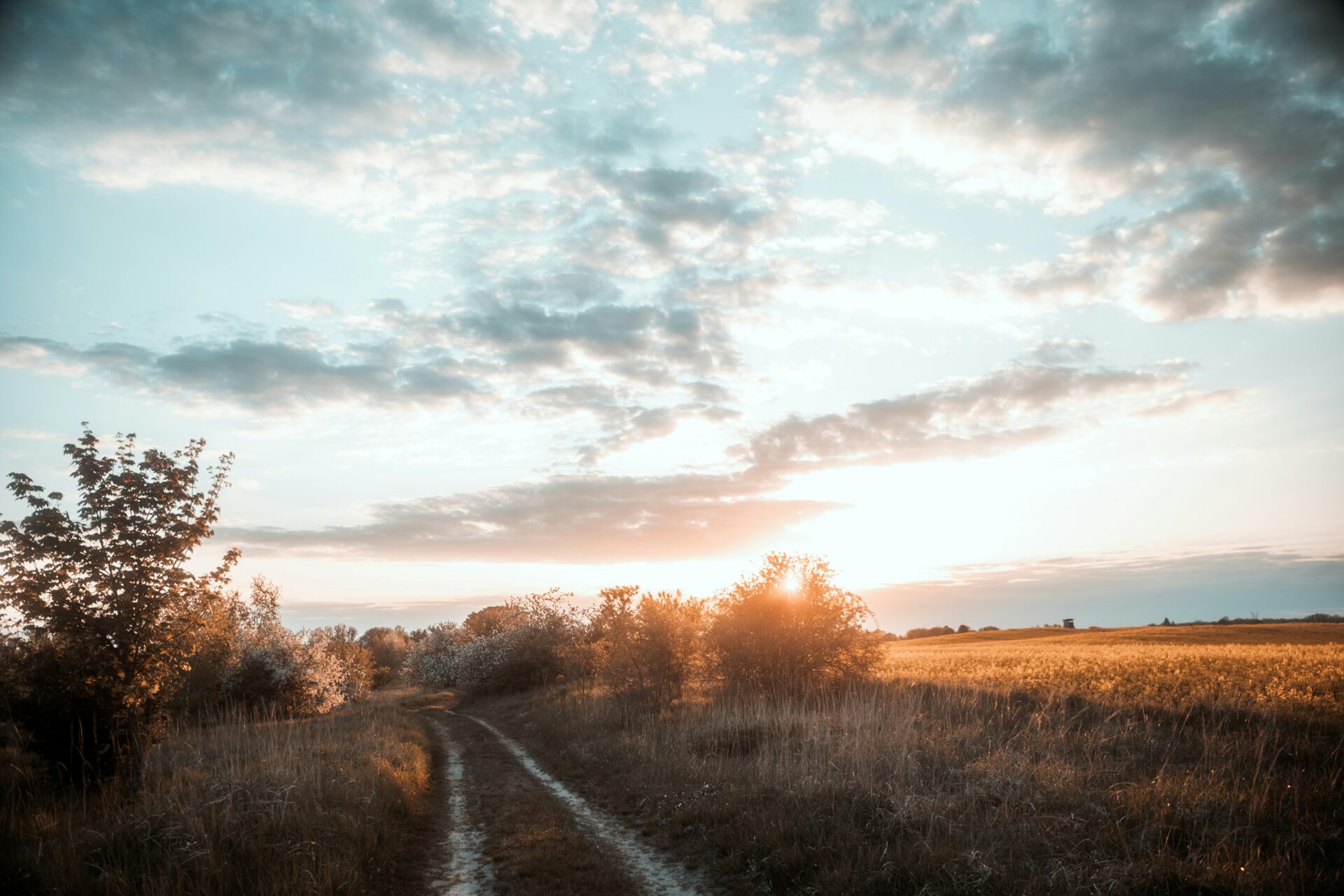
A Tapestry of Palaces and Royal Gardens
Brandenburg dazzles with its lineup of historic palaces and gorgeous gardens. These places tell tales of Prussian royalty, world-changing events, and centuries of culture—right on Berlin’s doorstep.
Sanssouci: The Jewel of Potsdam
Sanssouci Palace sits at the heart of Potsdam, and honestly, it’s one of Germany’s most stunning castles. Its graceful rococo architecture and pastel-yellow walls caught my eye right away.
The name Sanssouci means “without a care.” That easygoing spirit really fills the air here, from the light-filled salons to the marble statues scattered around the grounds.
The palace nestles within the vast Sanssouci Park, a UNESCO World Heritage Site. Vine-draped terraces wind down to flowerbeds, fountains, and little groves.
Even when crowds gather, I always found a quiet bench or shady path to just breathe and let the city fade away.
Inside, you can peek into Frederick the Great’s personal study and music room. The porcelain chamber, restored to its former glory, is a real treat if you love decorative arts.
| Feature | Details |
|---|---|
| Location | Potsdam |
| Built | 1745–1747 |
| Notable Gardens | Terraced vineyards, fountains |
| UNESCO World Heritage | Yes |
The park also has the Sanssouci Picture Gallery. It’s actually one of Germany’s oldest museum buildings, filled with works by Rubens and Caravaggio.
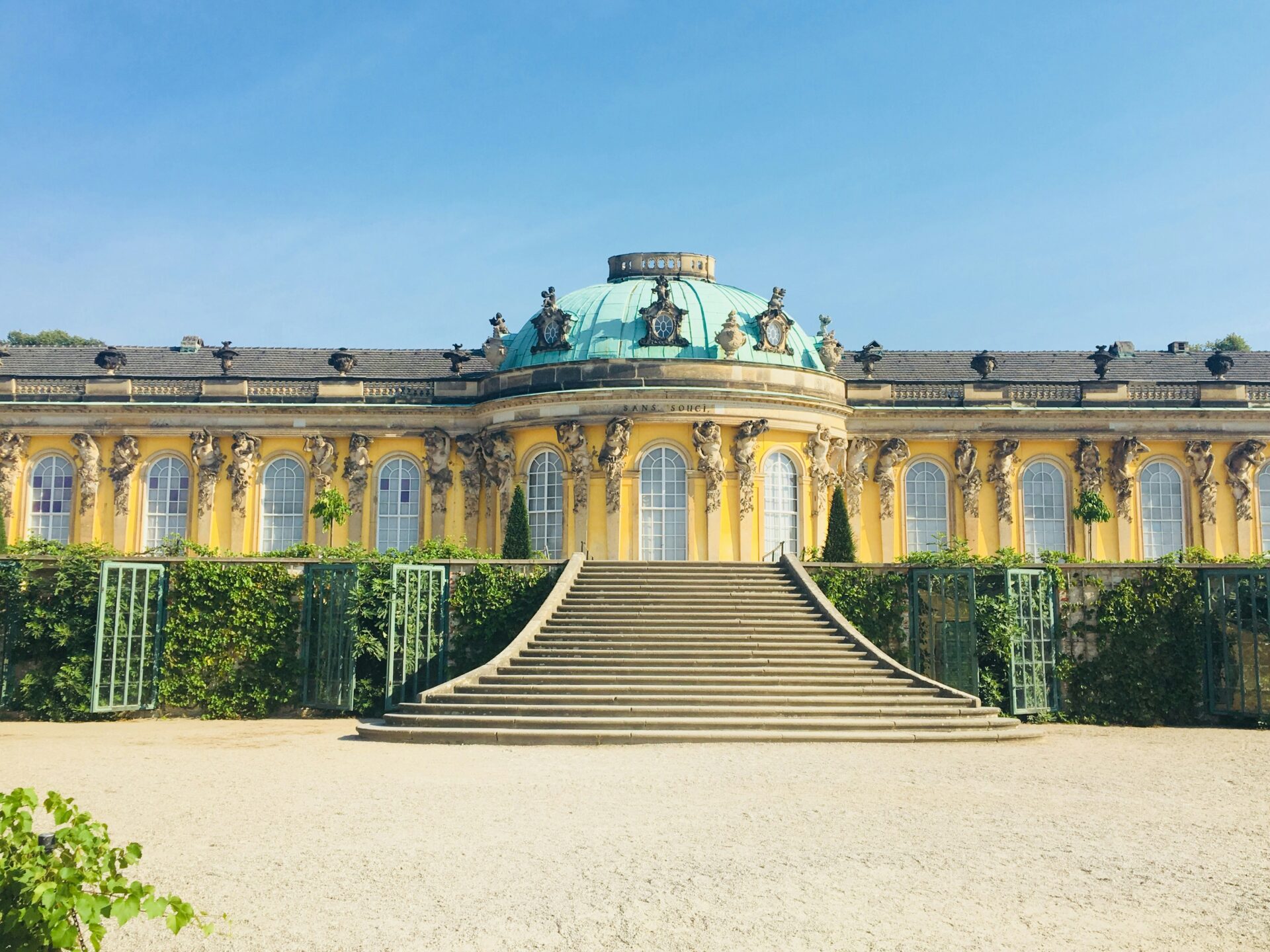
Neues Palais and Prussian Grandeur
If you walk farther through Sanssouci Park, you’ll hit the massive Neues Palais. This baroque complex was built to show off Prussian power after the Seven Years’ War.
Unlike the cozy Sanssouci, Neues Palais is all about making you feel small—towering domes, endless colonnades, and marble halls that seem to go on forever.
The royal apartments are decked out with gilded ceilings, tapestries, and ornate furniture. I still remember the Grotto Hall, sparkling with shells and crystals, and the huge ballroom where the Prussian court once danced.
Outside, the gardens and lawns stretch on and on. The sheer ambition of the place kind of blows you away.
You’ll also find the Film Museum here, which dives into the region’s cinema history.
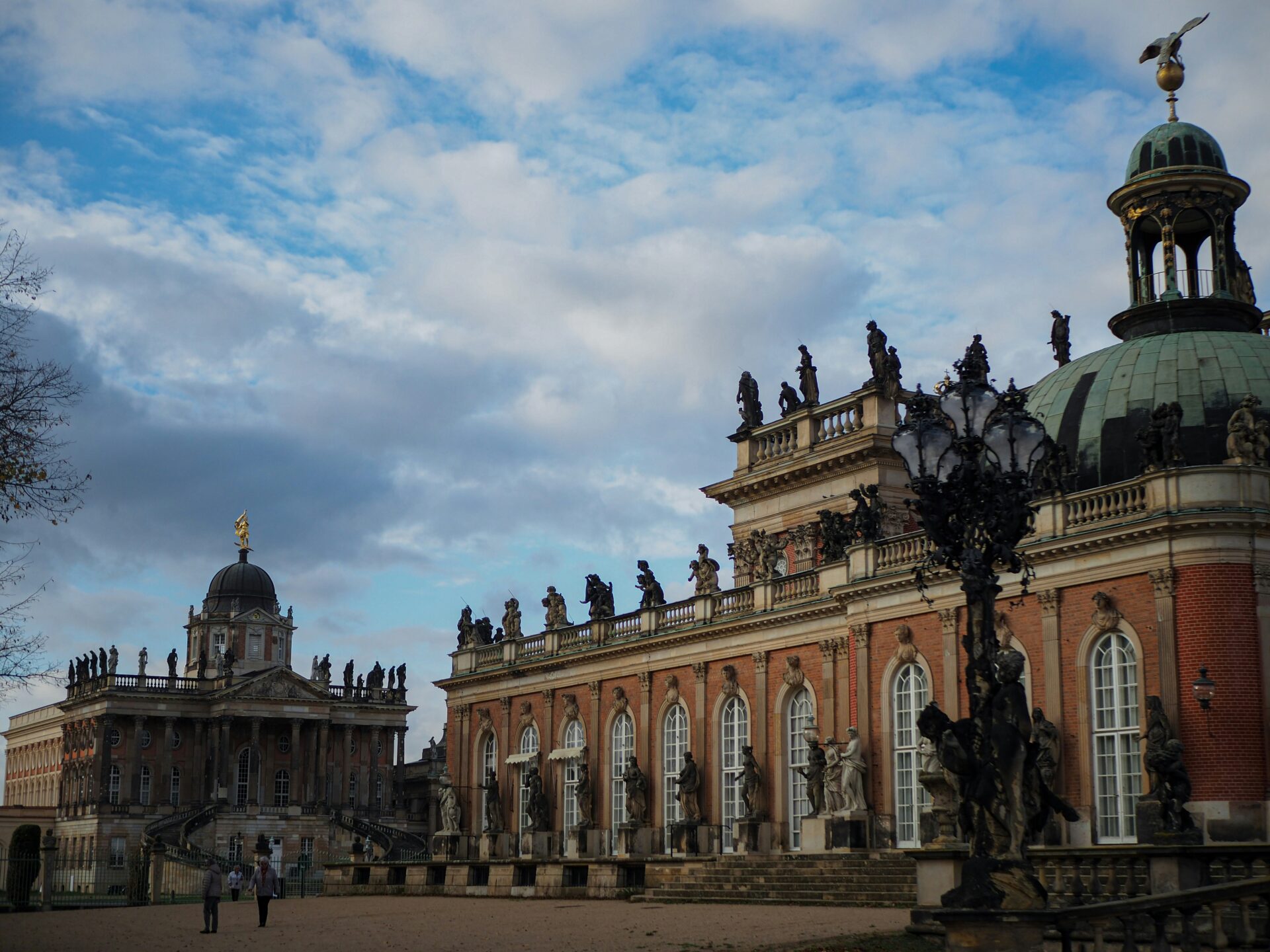
Cecilienhof Palace and Historical Conferences
Cecilienhof Palace looks totally different—like a Tudor manor plucked from the English countryside. Built in the early 1900s, it shot to fame in 1945 as the site of the Potsdam Conference.
Allied leaders Truman, Churchill, and Stalin met here to redraw postwar Europe.
When I showed up, the timbered gables and brickwork felt warm and inviting, set against the formal gardens. You can still walk through the conference chamber and the rooms where history was made.
Plaques and exhibits fill you in on the Cold War and diplomatic drama that unfolded here. The gardens are simpler than Sanssouci’s, but they’re perfect for a quiet stroll and some fresh air.
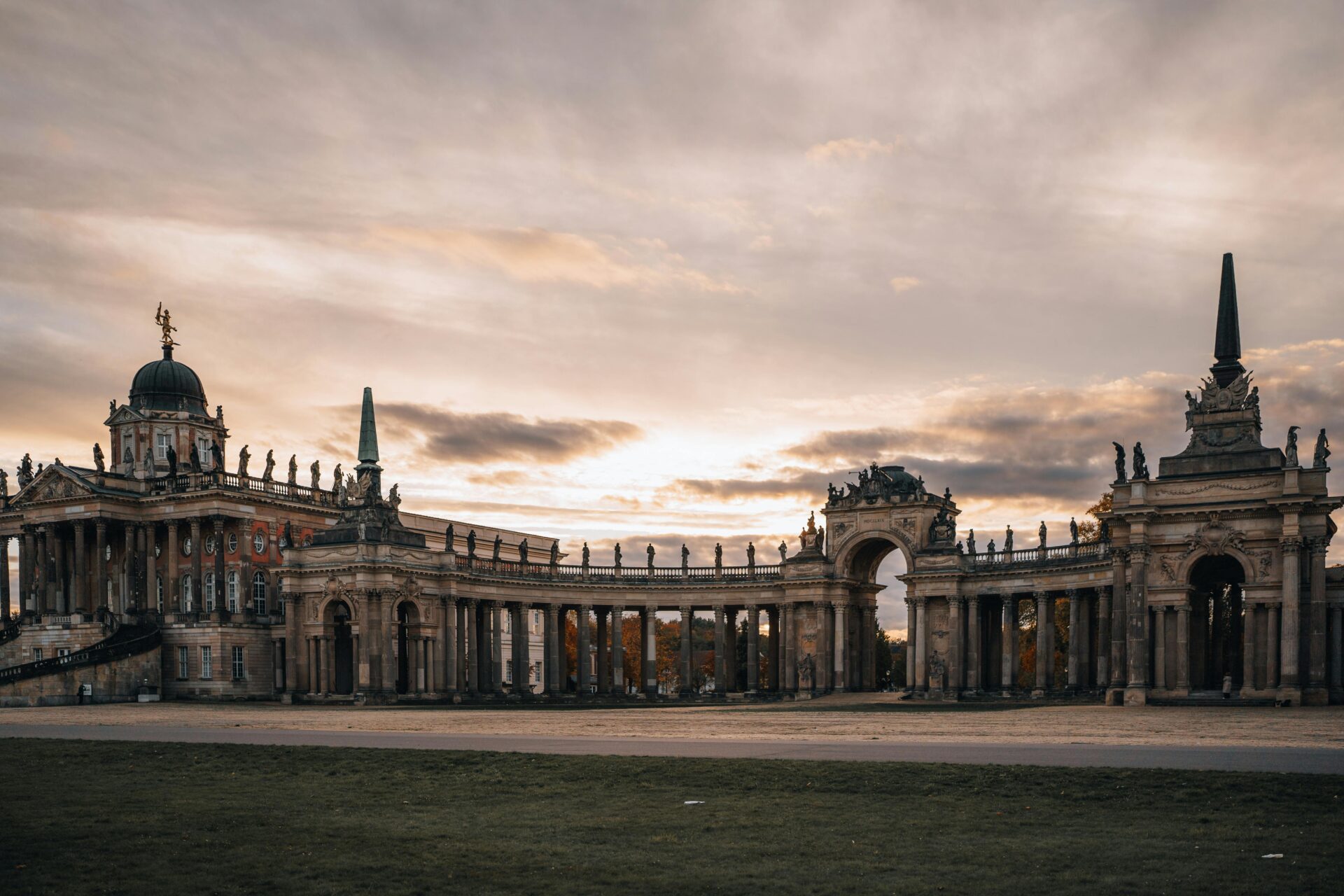
Hidden Mansions and Manor Houses
If you venture beyond Potsdam, Brandenburg hides a web of lesser-known manors and estates. Many once belonged to nobles or wealthy landowners.
Some have become boutique hotels or small museums, while others host art shows and local events.
Manor houses dot the lakes and forests near Berlin, surrounded by landscaped parks and woods. I loved wandering shaded paths and chatting with caretakers who know every story.
Schloss Rheinsberg, with its lakeside setting, and Schloss Oranienburg, with baroque halls and art collections, really stand out. If you’re up for a detour, these places offer a quieter, more personal side of Brandenburg’s heritage.

Exploring Brandenburg’s Picturesque Lakes and Waterways
Brandenburg’s landscape is dotted with tranquil lakes, winding rivers, and wild wetlands. Nature lovers find both peaceful escapes and plenty of adventure here.
Many routes pass through charming towns and protected biospheres. I found myself drawn to the water again and again.
Boat Tours and Paddling Adventures
Getting out on Brandenburg’s lakes and rivers was a highlight. I cruised Lake Werbellin, Schwielowsee, and the lakes around Rheinsberg by boat.
Guided tours make it easy to just sit back and watch the scenery drift by. Most boats move slowly and quietly—great for families or anyone who wants to relax.
If you want more freedom, you can rent a self-drive boat without needing a license in many places. It’s surprisingly easy, and you get to go at your own pace.
For paddlers, Brandenburg is a dream. I grabbed a canoe near Brandenburg an der Havel and followed marked routes through forests and bird reserves.
The network of lakes and rivers means you can do a quick hour-long paddle or spend the whole day exploring, stopping in small towns for a snack.
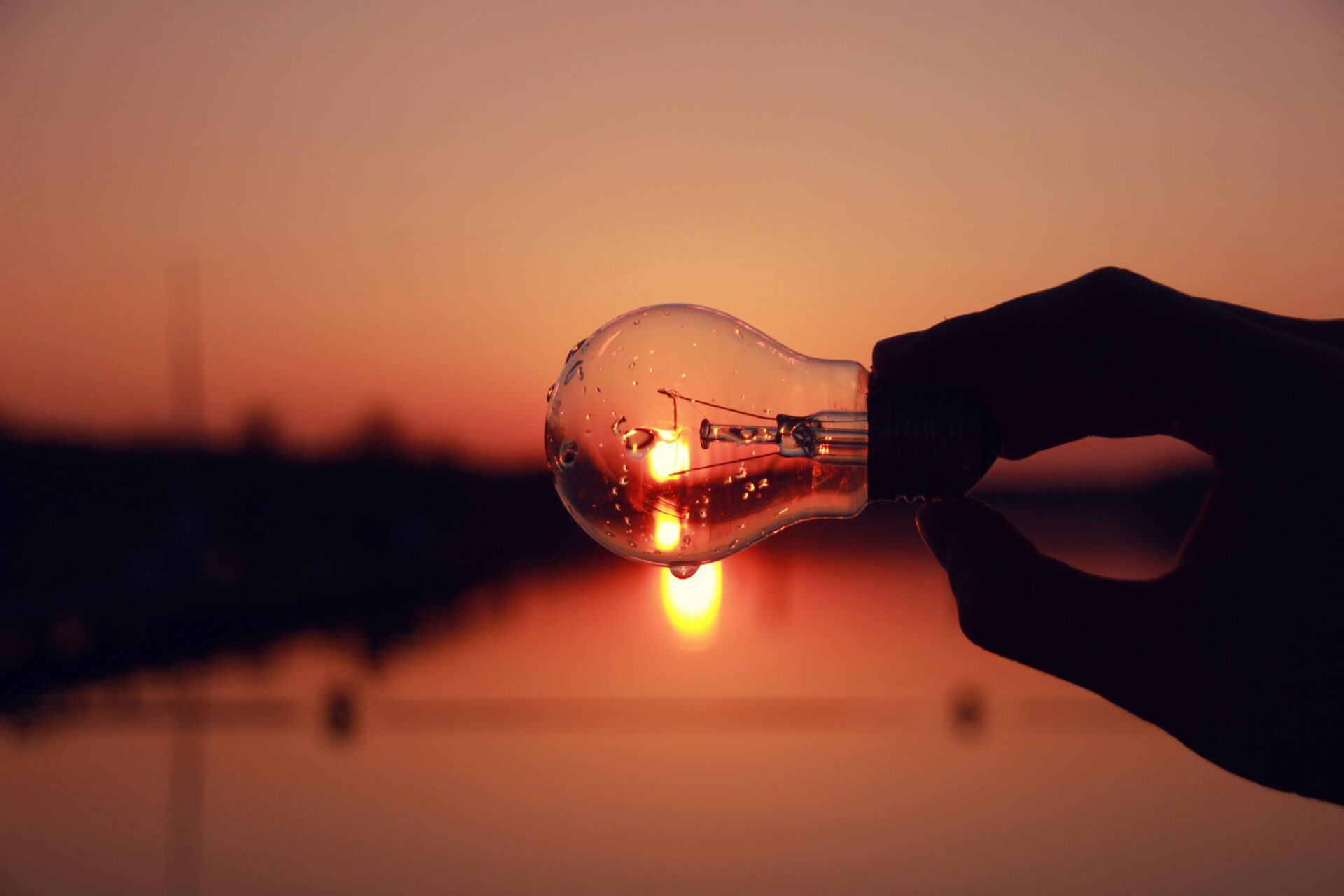
Spreewald: The Enchanted Biosphere
The Spreewald, a UNESCO Biosphere Reserve, was hands-down my favorite spot. Near Lübbenau, this area is famous for its maze of streams, canals, and water meadows.
Over 200 waterways crisscross the Spreewald, some wide and sunny, others narrow and shaded by ancient trees.
I rented a traditional wooden punt and let a local guide steer us through the peaceful channels. We spotted rare birds and fields of waterlilies, and the only sounds were the splash of the pole and the calls of waterfowl.
Cyclists can follow trails along the dikes, giving a new perspective on the wetlands and tiny villages.
The Spreewald’s food scene is unique. Pickles and fresh fish from riverside stands are a must-try. Visitor centers have maps and tips for planning a perfect day out.
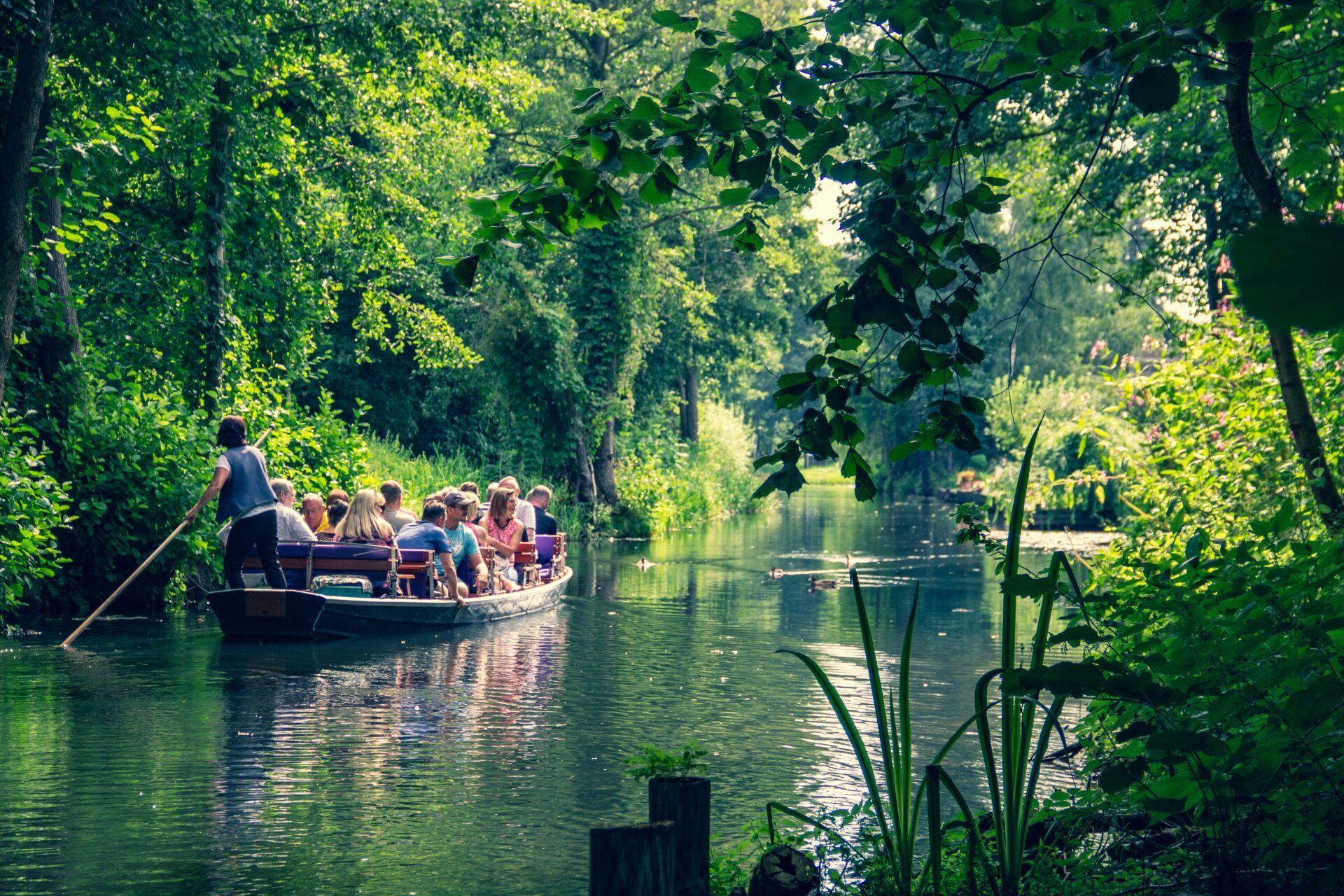
Water Sports, Canoeing, and Relaxation
Of course, Brandenburg’s lakes aren’t just for boating. I joined a stand-up paddleboarding group on Lake Schwielowsee, not far from Potsdam.
Families windsurf and sail, and you’ll see people swimming or just lounging on the grass.
Canoeing is especially popular in the Havelland region. The old river branches and broad lakes make gentle, beginner-friendly routes.
Rental shops are easy to find near the main lakes and river access points.
If you’re after pure relaxation, head to the swimming beaches and shaded lawns around big lakes like Stechlinsee and Werbellinsee.
The water is clean, and after a long bike ride, nothing beats a cool swim and a lakeside picnic.
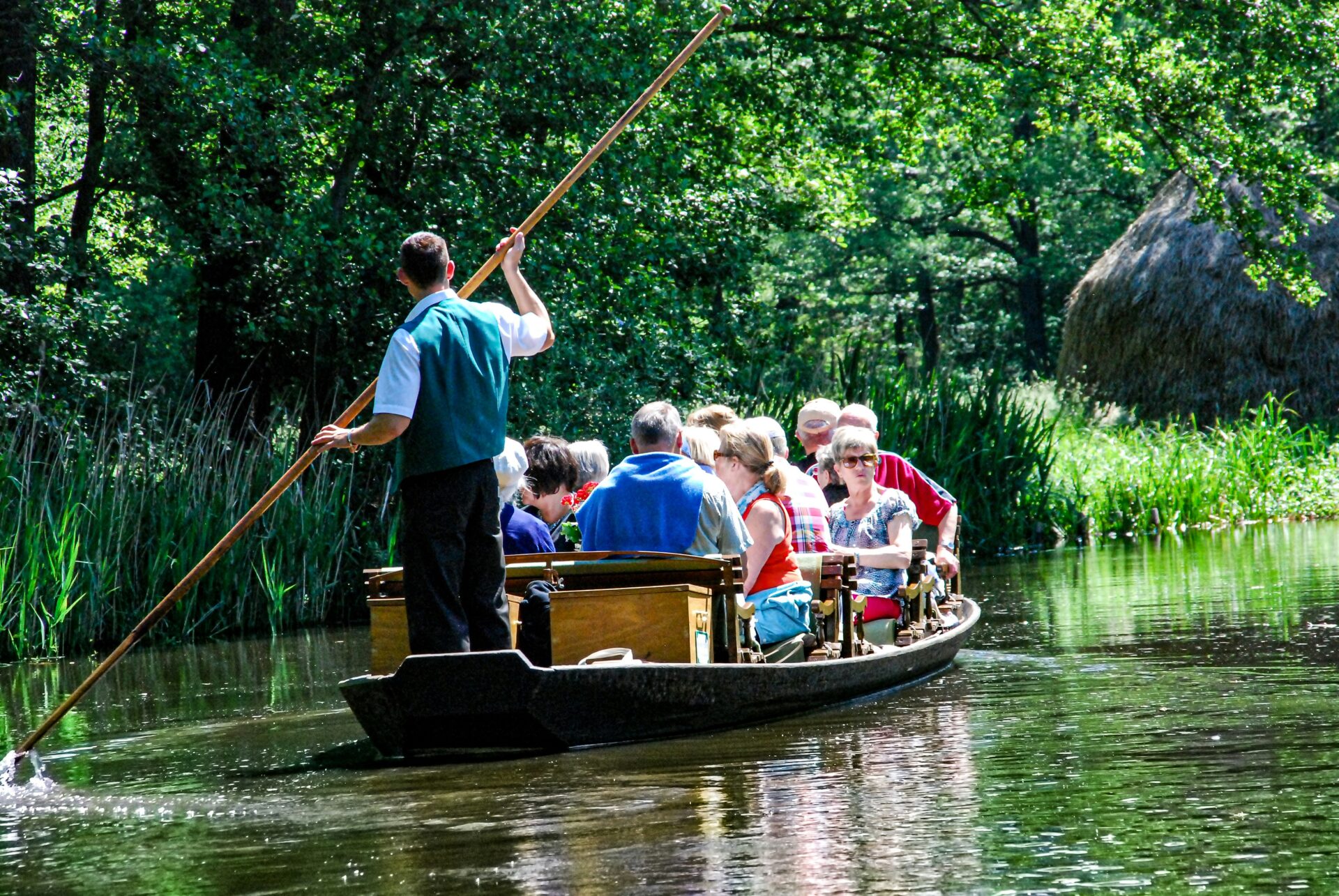
Delving into Nature: Forests, Parks, and Idyllic Landscapes
Brandenburg’s wild side is packed with forests, calm lakes, and peaceful trails. Public transport and bike routes make even hidden corners feel accessible.
Lush Forests and Nature Parks
I spent hours wandering the woods around Beelitz. The town is famous for asparagus, but honestly, the green surroundings are just as appealing.
In the Beelitz-Heilstätten forest, I walked past mossy old sanatoriums and under tall pines and oaks. The air was cool and fresh, and every turn brought me to another quiet, shaded spot.
Nature parks like Nuthe-Nieplitz have open meadows, wetlands, and little lakes. Trails are well-marked, and I saw everyone from families with strollers to cyclists ringing their bells.
Birdsong fills the air, and the vibe is relaxed and welcoming.
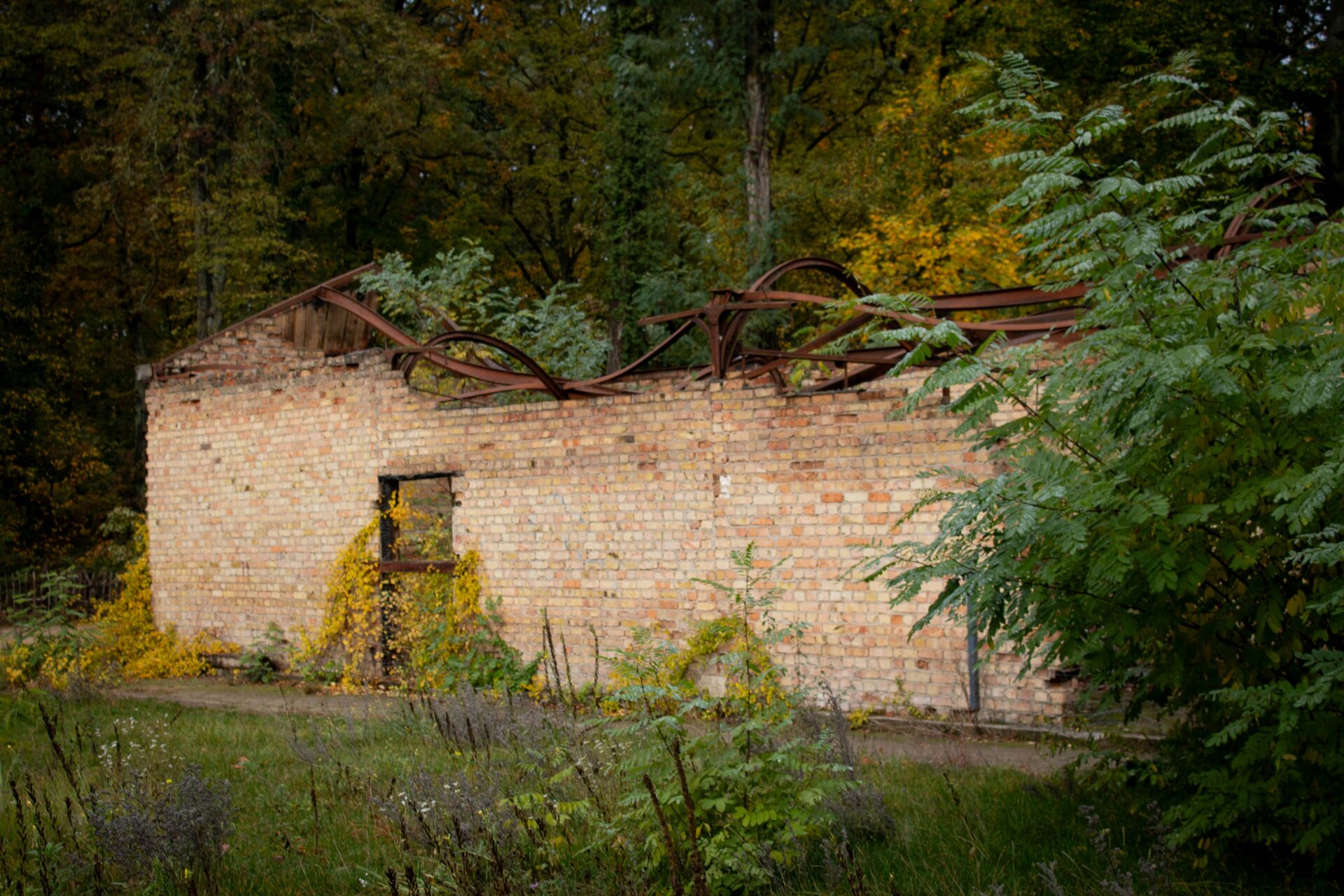
Hiking Trails and Birdwatching Experiences
Trails in Brandenburg suit all levels. I loved the circular hike around Lake Seddin—signs pointed out local plants and animal tracks.
When I stopped at the water’s edge, swans and herons glided through the reeds. Picnic tables made it easy to pause and soak up the view.
Birdwatching is a big deal here. I packed binoculars and joined a guided walk near Potsdam, spotting woodpeckers and even a white stork.
Observation towers in the Havelland region make it simple to watch birds and wildlife, even if you’re a total beginner.
Lower Oder Valley National Park
Lower Oder Valley National Park sits near the Polish border and stands out for its wide meadows and wetlands.
I visited in early spring and watched hundreds of migratory birds feeding along the riverbanks.
Rangers pointed out cranes and, to my surprise, even sea eagles.
The park has both short and long hiking trails, plus flat cycling routes. Bridges cross over the floodplains, offering sweeping views of the valley.
The visitor center handed me maps and tips for birdwatching hotspots.
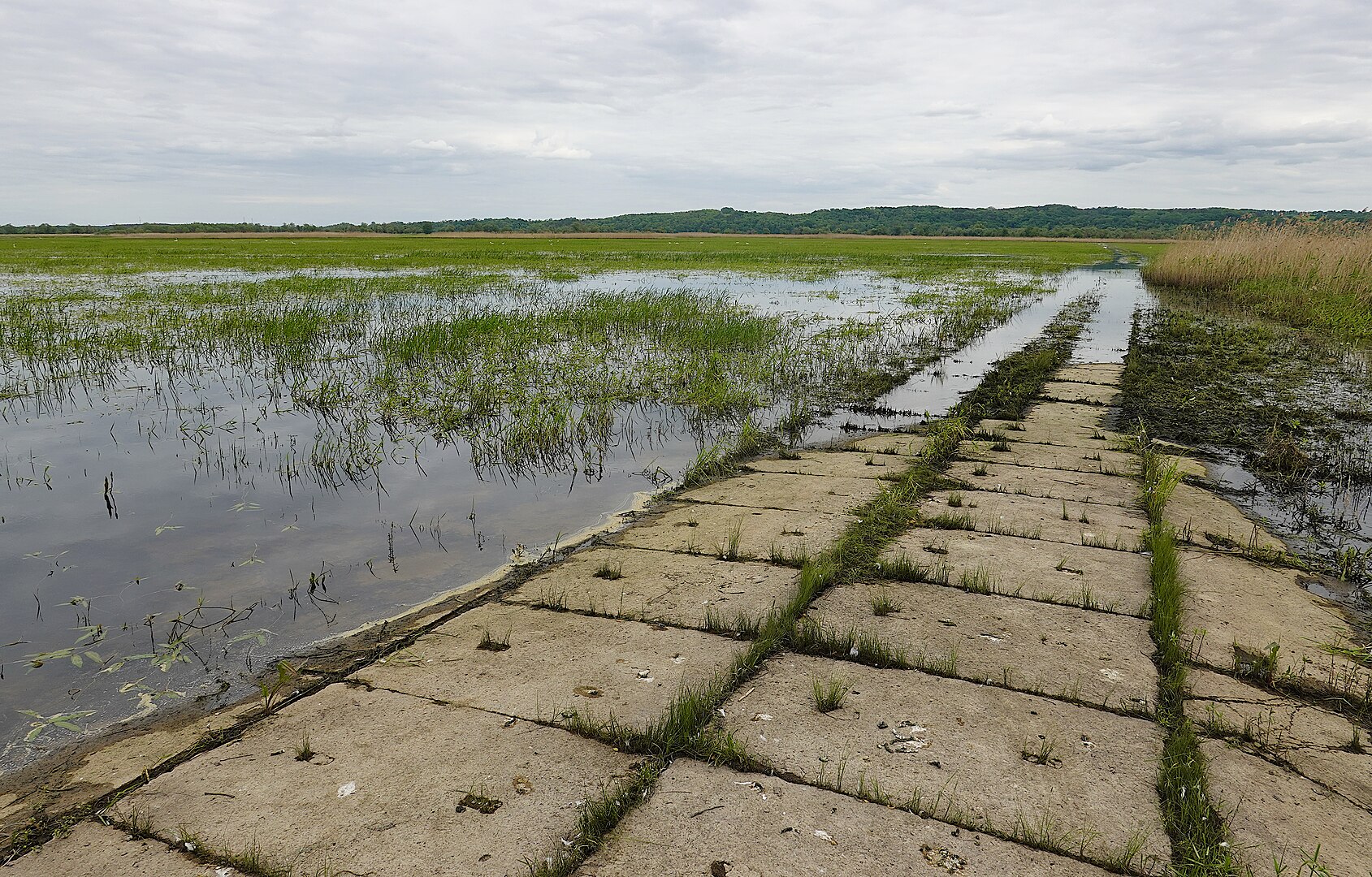
Charming Towns and Cultural Treasures Beyond Berlin
Just outside Berlin, you’ll find plenty of welcoming towns—each with its own history, local culture, and quiet beauty.
Exploring these places, I uncovered unique traditions, striking buildings, and stories I still think about.
Discovering Cottbus and Branitz
Cottbus really surprised me with its relaxed vibe and rich cultural mix. The town’s old buildings are beautifully restored, and cozy cafés line the streets.
Nearby, the Spreewald biosphere reserve is perfect for scenic boat rides. As I wandered the center, I noticed hints of both German and Sorbian traditions everywhere.
Not far from town, Branitz Palace stands out with its dreamy gardens and classic architecture.
Prince Hermann von Pückler-Muskau designed the palace and its park, which features a pyramid-shaped hill and winding forest paths.
The palace hosts art exhibitions and small concerts, making it a lively spot for culture lovers.
What I enjoyed in Cottbus and Branitz:
- Branitz Palace and park grounds
- Strolling Marktstrasse for street food and local shopping
- Sampling regional baked goods, like Plinsen (thin pancakes), in nearby cafés

The Historic Dutch Quarter
The Dutch Quarter, or Holländisches Viertel, sits right in Potsdam, just a quick trip from Berlin. Picture a cluster of red-brick houses built in the 18th century for Dutch craftspeople—honestly, it’s like stumbling into a postcard.
As I wandered those neat streets, the scent from small bakeries and the quirky specialty shops pulled me in. The whole district has this cozy, lived-in vibe that’s hard to fake.
Walking here, I honestly felt like I’d crossed a border. The buildings stick to traditional Dutch designs, which gives the place its distinct charm.
Local markets pop up in the squares, selling fresh bread, cheese, and handmade crafts. Weekends bring guided tours that dig into the neighborhood’s story and show just how much the Dutch shaped Potsdam’s growth.
Some standout spots:
- Jan Bouman Haus (the museum in the Dutch Quarter)
- Dutch-inspired gardens and hidden courtyards
- The annual tulip festival—think music, food stalls, and a riot of color
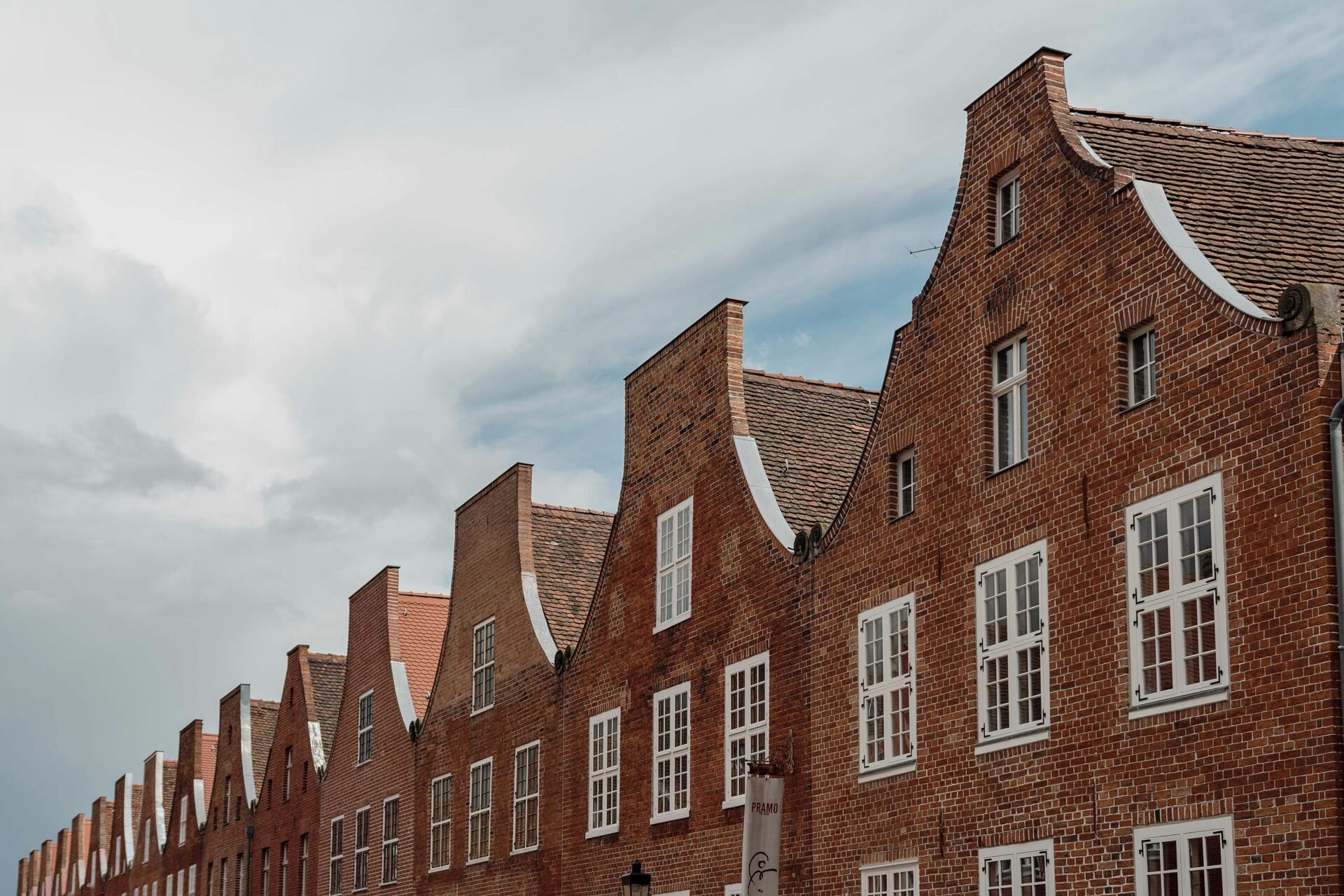
Neuruppin and Theodor Fontane
Neuruppin is famous for being Theodor Fontane’s birthplace. I traced the Fontane trail through quiet streets lined with classical houses, then wandered along lakeside paths that felt straight out of a novel.
You’ll spot statues, plaques, and even themed cafés paying tribute to his life and stories. It’s a little surreal, honestly, seeing a whole town so entwined with a writer’s legacy.
The town sits next to Ruppiner See, a huge lake that’s perfect for a picnic or a lazy boat ride. Neuruppin’s culture scene surprised me—small galleries, seasonal art festivals, and bookshops filled with Fontane’s works.
The old town square is made for slow afternoons. I spent ages just soaking up the atmosphere.
Here’s what really stood out for me:
- Theodor Fontane’s birthplace and memorial
- Ruppiner See with its peaceful walking trails
- Fresh fish dishes and classic German bakeries in family-run spots
Berlin might grab all the headlines, but honestly, these towns reveal a different side of local history and culture. Every stop gave me new stories and a deeper respect for this part of Germany.
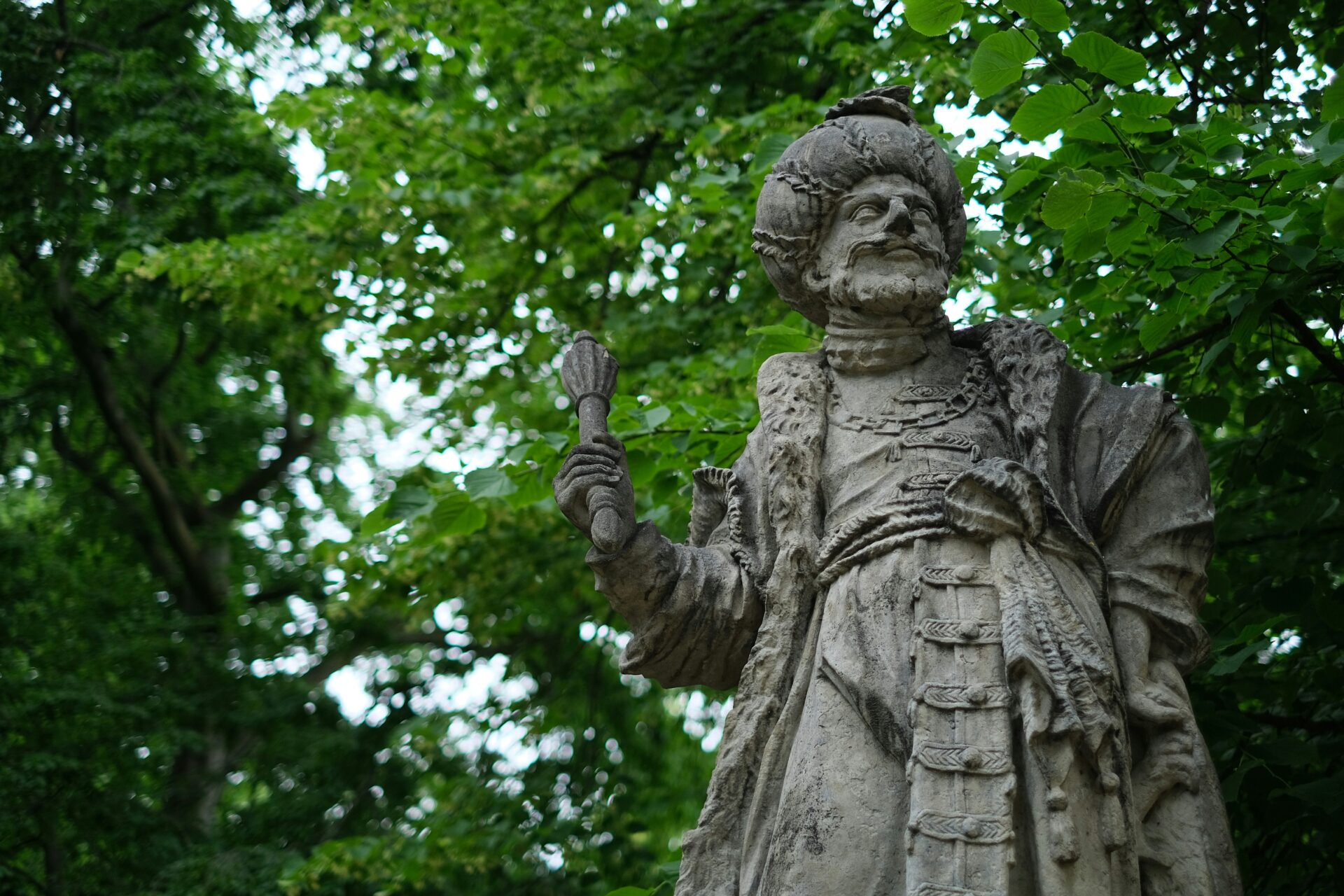
History, Memorials, and Architectural Heritage
Exploring Brandenburg, I uncovered a mix of solemn history, stunning architecture, and cultural treasures tied to film and memory. There’s just so much more here than you’d expect beyond Berlin’s city limits.
Sachsenhausen Concentration Camp
I made my way to Sachsenhausen, a former concentration camp near Oranienburg. The camp operated from 1936 to 1945, serving as a model and administrative center for other Nazi camps.
Walking the grounds, I saw preserved barracks, guard towers, and that infamous entrance with “Arbeit macht frei.” The place is now a memorial and museum, offering guided tours and exhibits that tell the stories of over 200,000 prisoners.
Sachsenhausen asks you to slow down and reflect. The experience really drives home the importance of remembering and learning from history.

Architectural Heritage and Historic Sites
Outside of Berlin’s Brandenburg Gate, I stumbled across an impressive collection of architectural gems scattered through the countryside. Many date back to Prussian kings—talk about a history lesson.
The Berlin Zeughaus, for example, started as an armory in the late 1600s. Now it’s a museum, showing off Baroque style in every detail.
Palace complexes like Sanssouci and Charlottenhof are set in sprawling parks around Potsdam and Berlin. The architecture ranges from Rococo to Neoclassical, and the grand halls, gardens, and lakes all echo royal traditions and changing tastes over centuries.
Visiting these sites gave me a real sense of Brandenburg’s artistic and political past. There’s a certain magic in walking through history like that.
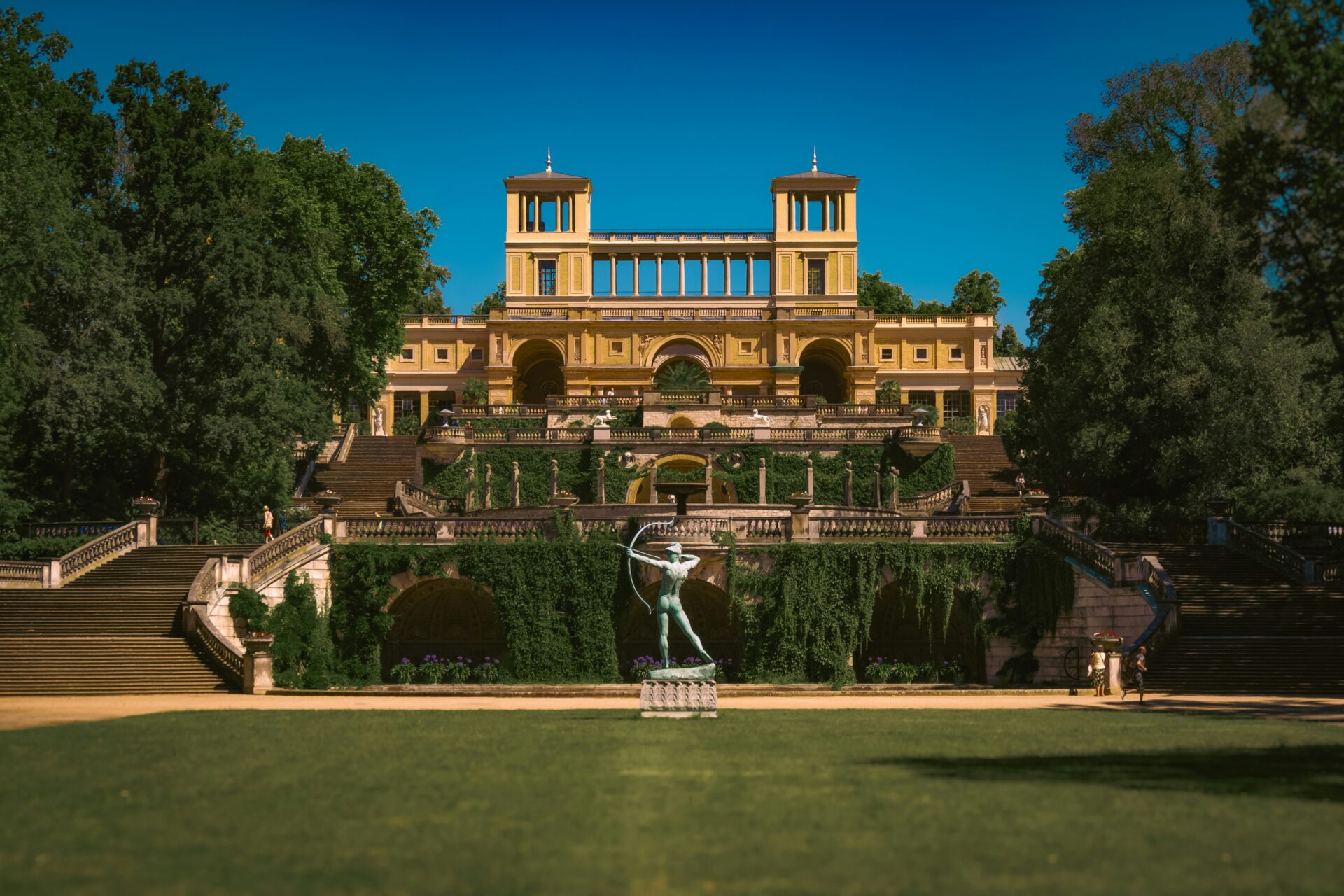
Babelsberg Studio and Film History
In Potsdam, I checked out Babelsberg Studio—Germany’s answer to Hollywood. This studio’s been making films since 1912 and helped shape early German cinema.
You can still see the massive sound stages, workshops, and backlots. Famous movies like “Metropolis” and “The Blue Angel” were shot here, which is wild to think about.
Film fans can join special tours to peek behind the scenes at set designs, costumes, and stories from the studio’s heyday. Babelsberg is still active and sometimes opens its doors to visitors.
The place feels both historic and buzzing with creativity. It added a whole new layer to my Brandenburg adventure.

Practical Travel Tips for Discovering Brandenburg
Brandenburg’s easy to reach from Berlin and simple to explore, whether you’re hopping on a train, biking, or driving. The region’s packed with scenic cycling trails, efficient public transport, relaxing spas, and even a tropical-style indoor resort.
Day Trips from Berlin and Public Transportation
Day trips from Berlin to Brandenburg? Super straightforward. Frequent trains and regional buses make planning a breeze.
The Berlin ABC ticket covers a lot of routes into Brandenburg, so getting around stays affordable. For places like Potsdam, the Spreewald, and Oranienburg, direct regional trains leave from Berlin Hauptbahnhof and other big stations.
Most journeys take 30–60 minutes, which means you can fit a lot into a day. I always checked timetables on the Deutsche Bahn website or app—saves so much hassle.
Here’s a handy reference for the main routes:
| Destination | Train Line | Travel Time |
|---|---|---|
| Potsdam | RE1, S7 | 30–40 mins |
| Spreewald/Lübben | RE2 | ~1 hour |
| Oranienburg | RE5, S1 | 35–45 mins |
Berlin’s S-Bahn and U-Bahn networks also get you close to the Brandenburg border. Buses and trams fill the gaps for smaller towns.
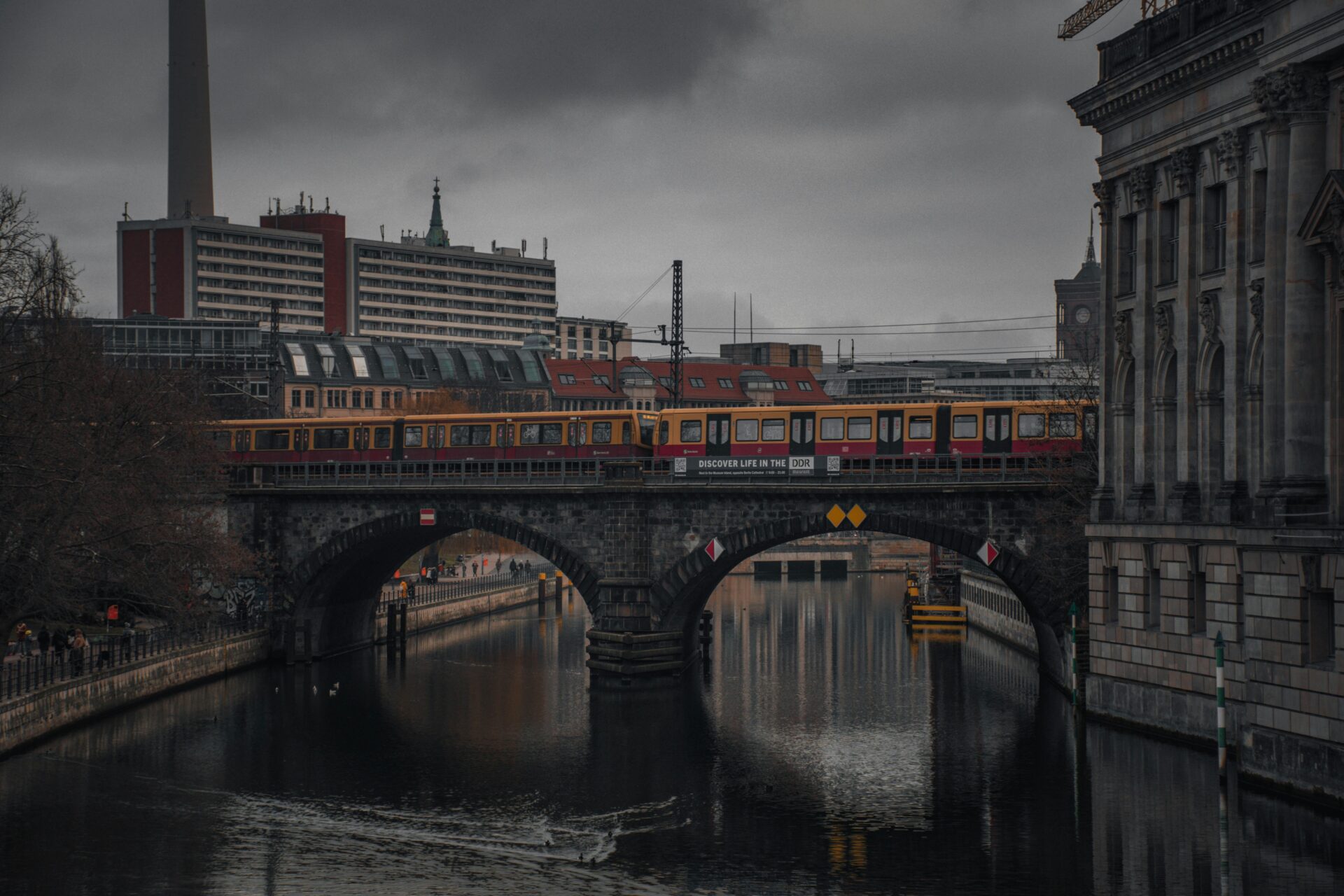
Cycling and Walking Routes for Adventurers
Cycling through Brandenburg is honestly a treat. The state has hundreds of kilometers of well-marked bike paths winding through forests, past lakes, and along charming old towns.
I grabbed a rental bike near a train station and set off. The Havel and Oder-Neisse cycle paths are popular, but there’s also the 260 km Berlin–Copenhagen trail that slices right through Brandenburg.
I’d suggest checking route maps and weather before heading out—just in case. For walkers, the Spreewald Biosphere Reserve offers scenic trails with wooden bridges and endless greenery.
Local signage usually kept me on track, but a GPS app definitely helped. Most paths are flat and easy, so you don’t need to be an athlete to enjoy them.
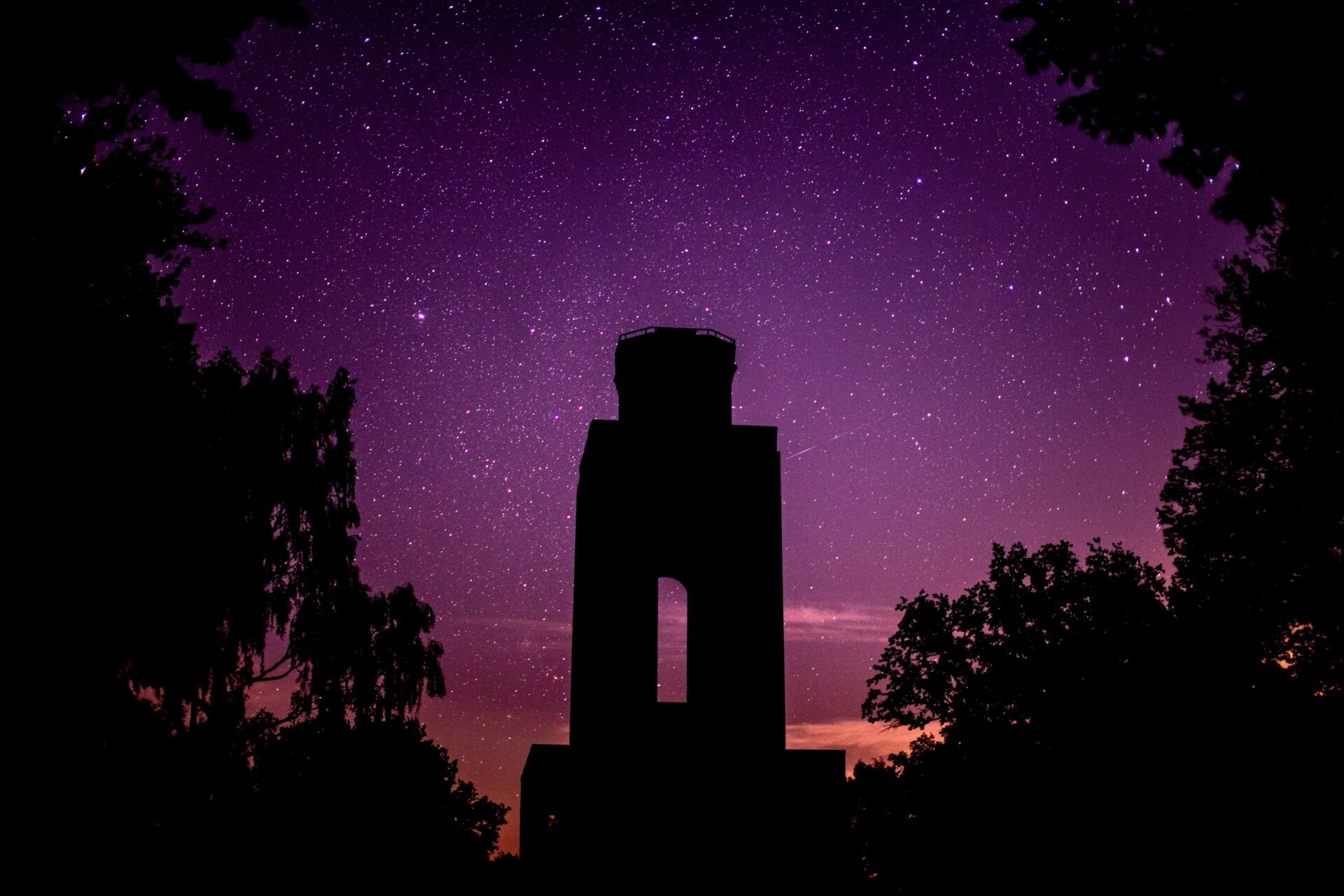
Relaxing Getaways: Spas and Tropical Islands Resort
After a long day outside, I just want to unwind somewhere cozy. Brandenburg has a bunch of great spas for that.
Bad Saarow stands out with its thermal springs, steamy saunas, and all sorts of wellness treatments. I love how most of these spas sit close to train stops, so you can hop over from Berlin without much hassle.
Now, if you’re looking for something a bit unexpected, there’s Tropical Islands Resort. They built it inside this gigantic old airship hangar—seriously, it’s wild.
It’s about 60 km south of Berlin. I took the RE2 train to Brand Tropical Islands station, then hopped on a shuttle bus straight to the entrance.
Inside, you’ll find sandy indoor beaches, warm pools, and water slides. It’s perfect for families or, honestly, anyone who wants to pretend it’s summer all year.
You can stay overnight at both the spa towns and Tropical Islands. I’d suggest booking your tickets and a place to sleep online before you go, especially if it’s a weekend or school break.

